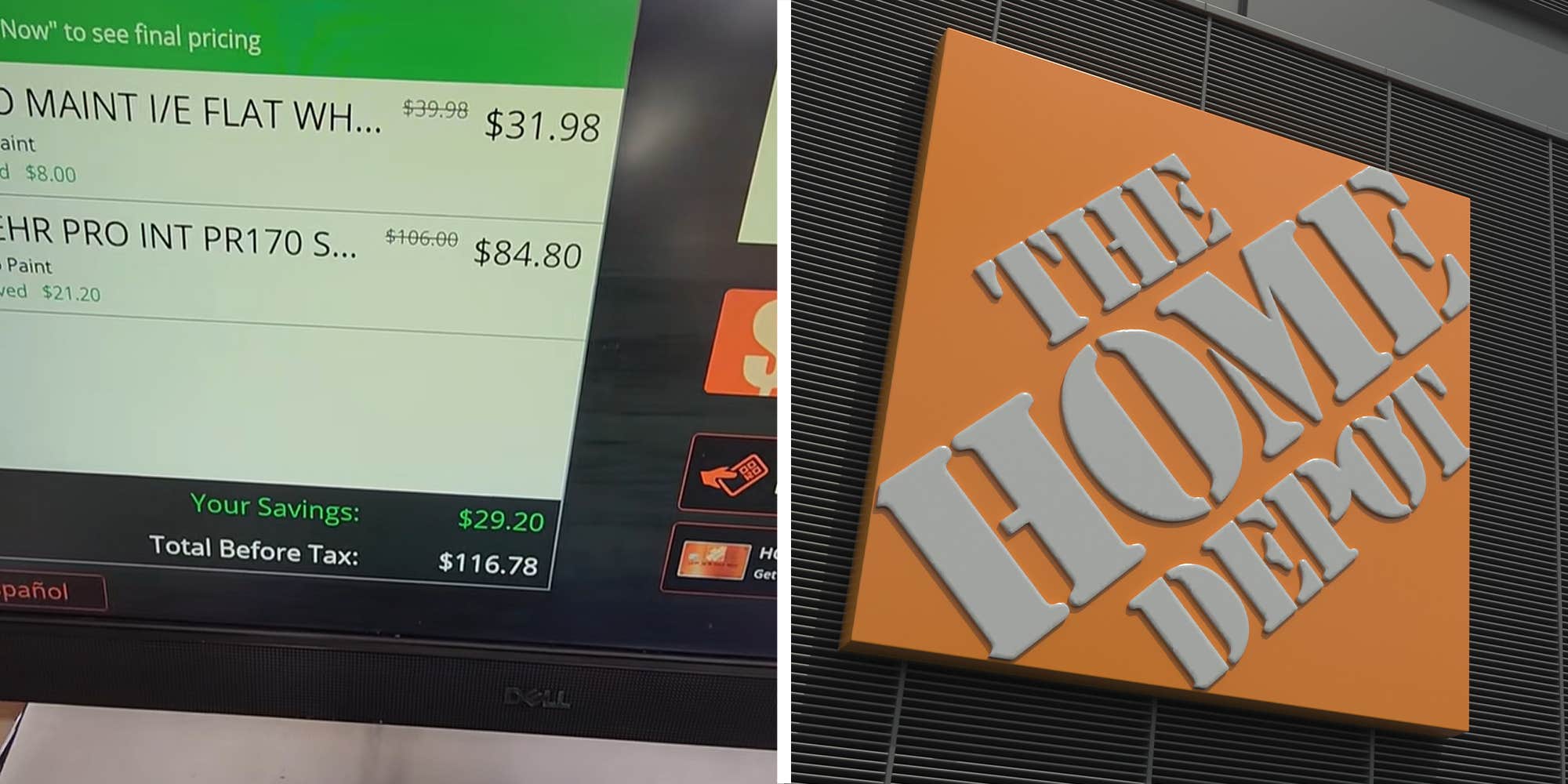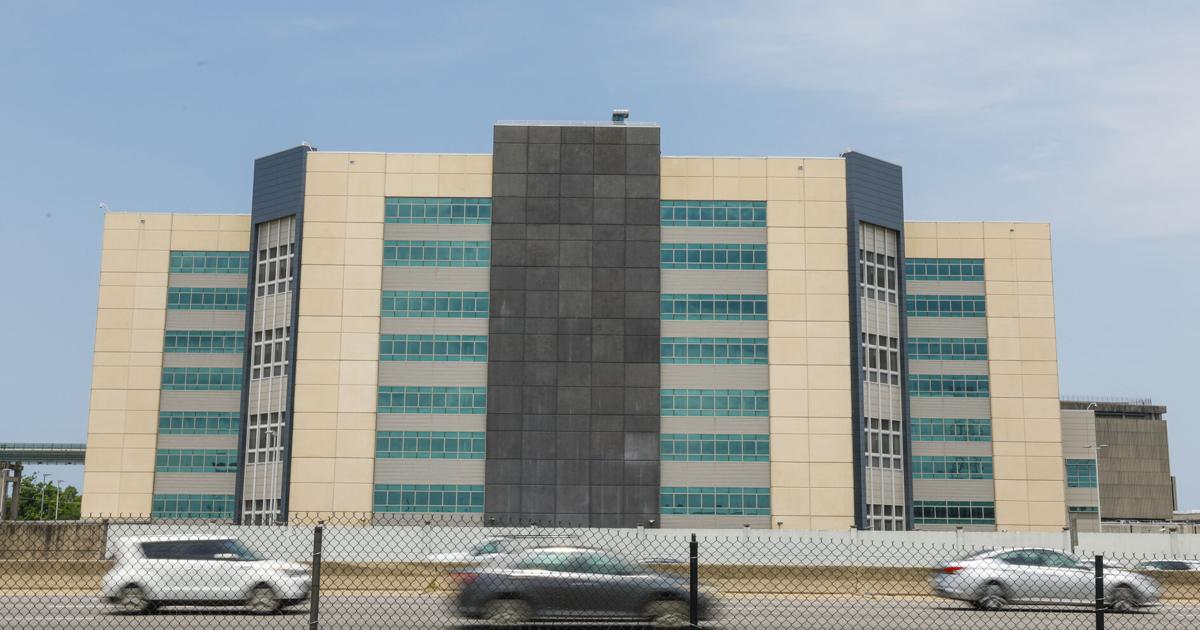As July begins, the cool and wet start of the growing season with moments of warm weather affected vegetables in a variety of ways. For some annuals, this means they have bolted. (Insert a screaming face on every gardener.)
OK, so bolting is not a problem in and of itself. It is the plant doing what it needs for survival. Bolting means a plant has gone to seed, shifting its energy away from growing roots and the edible parts we like. Instead, it starts planning for its future: seeds. Technically, bolting refers to a premature flowering, often before you have fully (or at all) harvested. All annuals will flower at some point. Ideally, not until they have had a full cycle and harvest.
Bolting happens when plants are stressed. One of the main stressors for cool-weather crops is when the temperature changes to hot. Here on the Front Range this season, we have had a wide range of temperatures, which creates stress. The longer, cooler, rainy start should have meant the cool-weather vegetables had a longer growing time. However, in my garden the spinach and arugula both bolted weeks ago.
Other stressors are water stress and pests. Some gardens may be experiencing more of these this year due to overwatering from constant rains or poor drainage. Too much water can cause root rot which makes plants weaker. This then invites pests. It’s a vicious cycle that requires monitoring.
What to do?
It is common that cool weather crops have a shorter season here in Colorado, where we are in Zone 5 along much of the Front Range. We even have warm microclimates of Zone 6. These warmer climates make these vegetables regular bolters: spinach, lettuce, cilantro, broccoli, cauliflower, and onions.
Spinach
Spinach is a cool-weather crop and is hot-temperature sensitive. You can tell when spinach starts to bolt when its leaf shape changes from rounded to arrowhead. As spinach will not continue to produce enjoyable leaves once it has started bolting, you can harvest and eat what is there. If you find the leaves bitter, cooking them will reduce that a bit.
Some varieties state they are “slow bolt” or heat tolerant, which may extend your spinach season. You could plant them under a shade cloth and harvest baby spinach before it has a chance to bolt. Although spinach seeds will not germinate in soils above 85 degrees. Spinach-like options to try in the heat of summer instead are New Zealand and Malabar spinach. Save the true spinach varieties for fall planting.
Kale is a biennial, meaning it will not bolt until the second year or after a winter. This makes kale varieties great alternatives to spinach here, with our summer heat.
Lettuce
Know that lettuce is definitely cool weather and when the heat turns up it often gets bitter. The best tip is to try and outsmart lettuce bolting by selection and interval planting. Plant leafy lettuces over head lettuces. Leafy lettuces allow for faster harvesting times because you are not waiting on the whole head to mature.
Look for “cut-and-come-again” varieties that are also heat tolerant, like Black Seeded Simpson, Red Sails or Oak Leaf. You can cut them about an inch from the base and they will grow new leaves. Another way to slow bolting on these is to harvest the larger outside leaves regularly and first. Leaving on large outside leaves may send the plant a message to flower.
The second tip for lettuce is to plant rows of lettuce seeds in succession, meaning stagger your rows. Plant baby leaf lettuce at intervals of every seven days and full-size lettuce every 10 days. This allows you to lengthen a harvest. Just as one row starts bolting, the next is ready to eat.
Other leafy vegetables that are known bolters and become bitter are arugula, watercress, and sorrel.
Onions

Like kale, onions are biennials, meaning they grow bulbs in the first year and flower in the second. If your onions are flowering and you planted them this year, then they are bolting. Our big swings in temperature are a huge stressor for onions. Cold weather after warm weather tells them to go dormant. Then it warms up, so they think it is their second season.
If you have bulbs of any size, harvest the onions right away and eat or preserve. They will not keep long. Unfortunately, cutting off the flower stalk will not restart bulb growth. You can leave the onion flower to harvest seeds later. Also, onion flowers are a favorite of bee pollinators for their nectar and pollen.
Garlic
Here is when bolting is good news for your taste buds. When hard-neck garlic sends up a stalk from the center of the plant, you can cut that off and voilà, you have garlic scapes. Yum. You can sauté them or make them into pesto. And unlike the onions, cutting off the flower will send the plant back into bulb growing. However, only cut off the stalk after it has curled up. If you planted soft-neck garlic, they do not send up a hard stalk and rarely bolt. If they do, you still can harvest bulbs (they just grow fewer of them).
Herbs
Many common herbs remain edible after flowering. Parsley bolts but stays edible, even the flower. You can employ a similar technique to the cut-and-come-back method to get multiple harvests out of your parsley. Similarly, mint flowers nicely and the plant continues growing but as it is a fast spreader you may want to remove the flowers before they seed. When basil flowers, cut off the flowers and the plant will grow bushier. Chives flower beautifully; pollinators and people alike enjoy their flavor.
Cilantro is the one herb that is different than these others. It does not like hot weather and once it flowers it gets lanky and bitter. This herb is a great one to plant in intervals and in shadier areas. Cilantro in our climate will not reseed itself because the seeds will not survive our winters. If you do allow cilantro to seed, save them and plant next season.
Brassicas
The members of the cabbage family that are known bolters are bok choi, broccoli and cauliflower. Head cabbage are biennials and will bolt with extreme variations in temperature that have convinced them they are in their second season. Caterpillars are also known stressors for this category of vegetable.
Know that broccoli bolting is very common. This is visible when the head starts to become looser because it is getting ready to flower. If you notice this, cut and eat right away. That plant has completed its cycle. While labels on broccoli may say they need full sun, that does not necessarily mean full Colorado sun. As for many of the annuals discussed, a sun shade will help reduce the speed of bolting.
Cauliflower is another one that would prefer Colorado fall temperatures over the risky spring-to-summer season, making it another one worth planning for fall. You can start seeds directly outside for fall but make sure they are short-season varieties that have a 45-60 day maturity period. Aim to sow the seeds about 85-100 days before our first fall frost, which is the first of October for most of us along the Front Range.
Lastly, do not bolt away from this situation. There are solutions and, like always, gardening in Colorado is an adventure. Put up that shade cloth and maybe it will protect you against hail, too.








